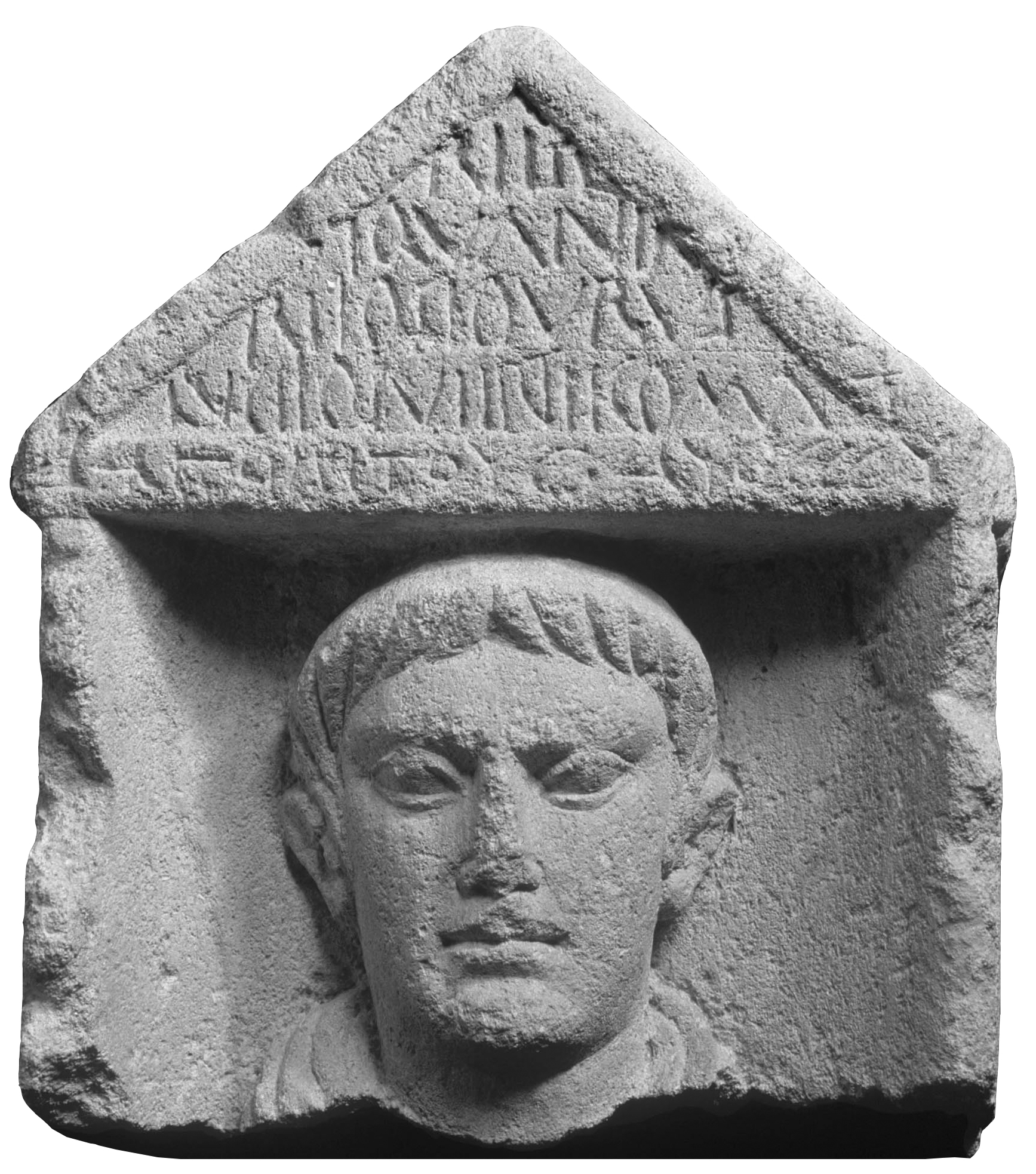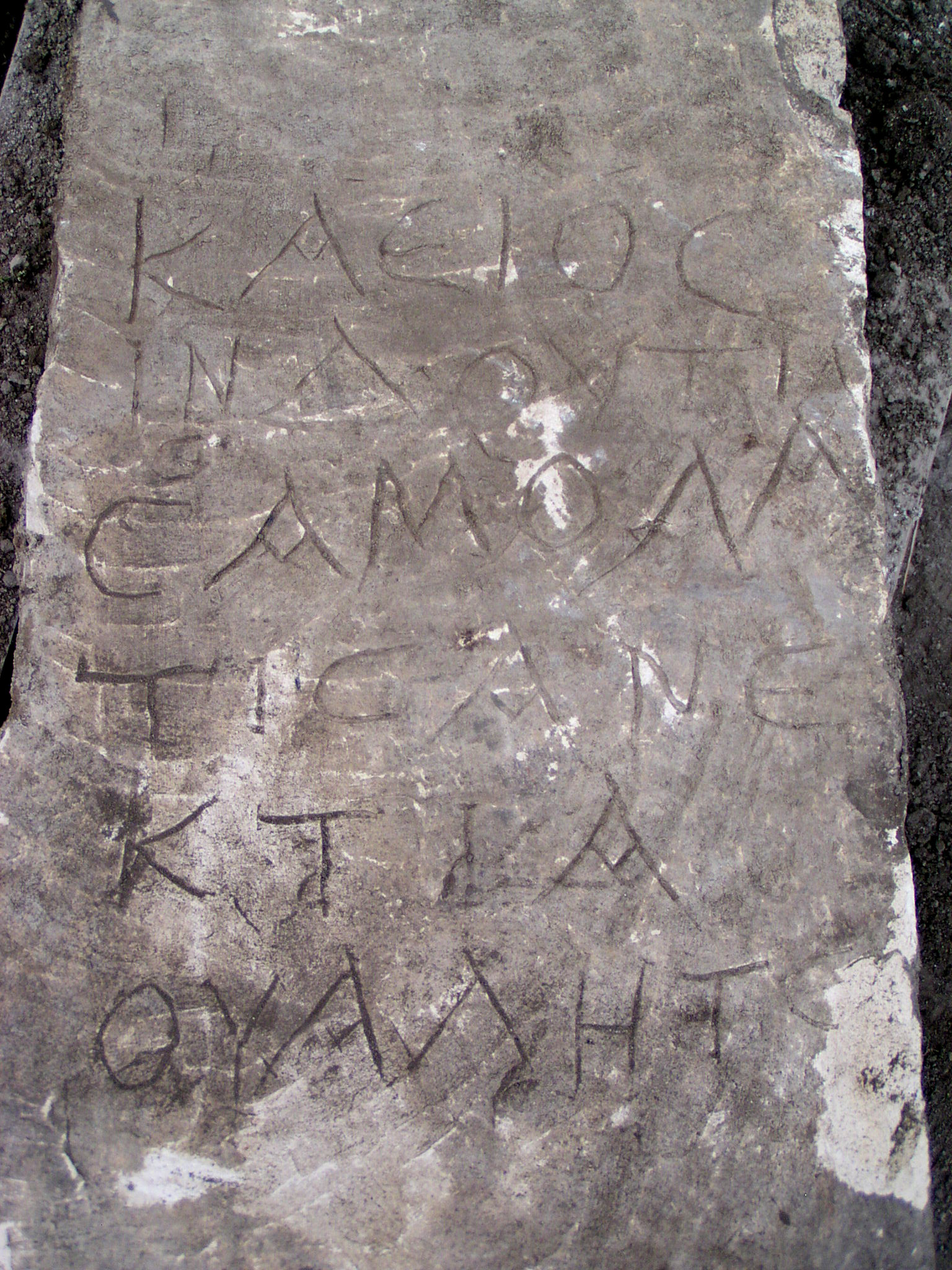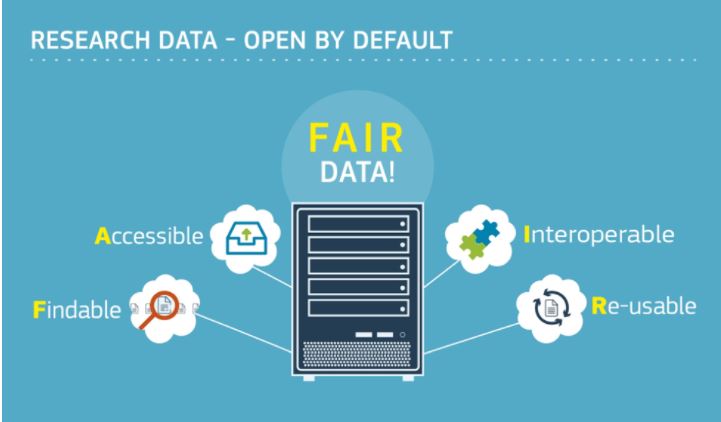By Alex Mullen

One of the elements we needed to flag in the vast LatinNow epigraphic dataset were bilingual texts of all types, whether texts in two versions in different languages or texts in primarily one language but showing evidence of one or more others. I’ve been working on ancient bi- and multi-lingualism since I started my graduate work on Southern Gaul and since then I’ve collaborated with modern sociolinguists. The vast majority of the research on modern bilingualism has been based on oral evidence, though the relatively new field of linguistic landscapes has made steps to bring in writing. Since an established classification system for bilingualism in epigraphy was not available when I was writing my doctorate, I suspected one probably did not yet exist for digital epigraphy, Graeco-Roman or otherwise. Wide consultation during the opening phases of the LatinNow project confirmed my suspicions.

The messiness of the realities of spoken bilingualism and the creativity and range that one might see in written texts might seem to resist classification. Indeed for my thesis, I shrunk away from creating too elaborate a typology, simply producing what I needed for my immediate needs. But whilst there will always be ambiguous examples, edge-cases and epigraphic texts that resist categorization altogether, there are clearly recurrent features which make an attempt at a standardized and comprehensive typology of epigraphic bilingualism worthwhile, not least because we can then group similar types across time and space and link them to the research of modern sociolinguists who tend to have a lot more data and context to guide interpretations. It’s also handy for digital epigraphy to offer a scheme that researchers on different projects can start using as soon as possible, so that examples can be tagged and our datasets expanded.

The categorization and vocabulary that I have produced draws on our work in the LatinNow project, inspired by the late Jim Adams. It works well for western epigraphic remains and has been vetted by several colleagues. I’m particularly grateful to James Clackson and Alessandro Palumbo who gave insightful and constructive feedback. I’m even grateful to the colleague who told me she eschewed such categorizing work, because that made me think harder about why it is so important.

The team over at the FAIR project are using the schema I have devised as a test case for what they would eventually like to do for all epigraphic vocabularies – establishing URIs for the categories (‘attribute values’) and using RDF so that interconnection of data will be possible long-term. Since in that forum it will be hard to have extensive explanations and caveats, I present the detail in a pdf below and encourage criticism via email: alex.mullen@nottingham.ac.uk. This is an ideal opportunity to create a useful, copious and standardized approach to encoding bilingualism in epigraphy, that works for the whole community.